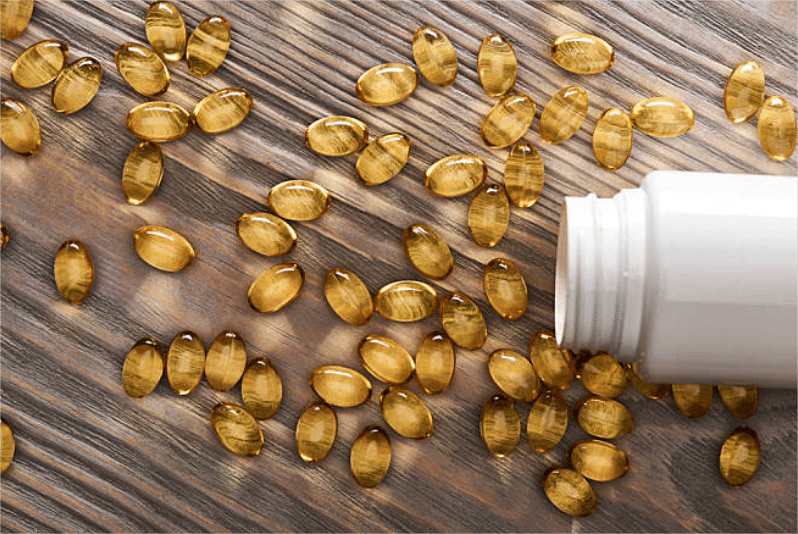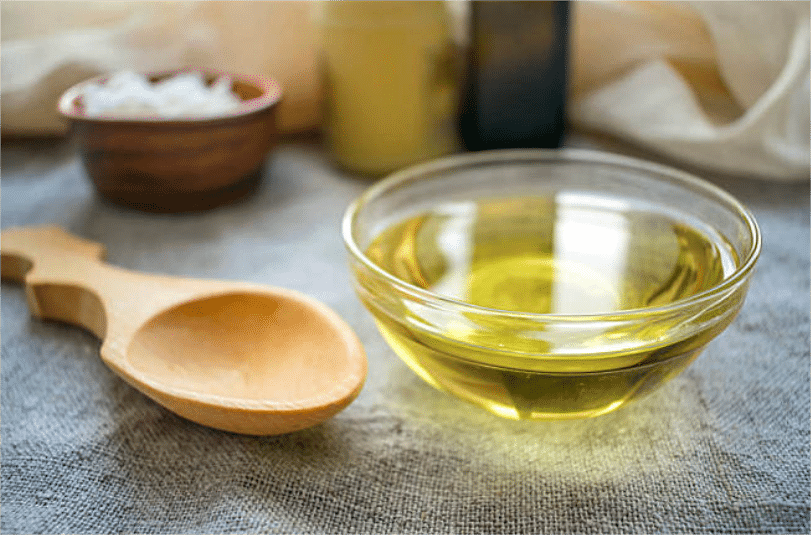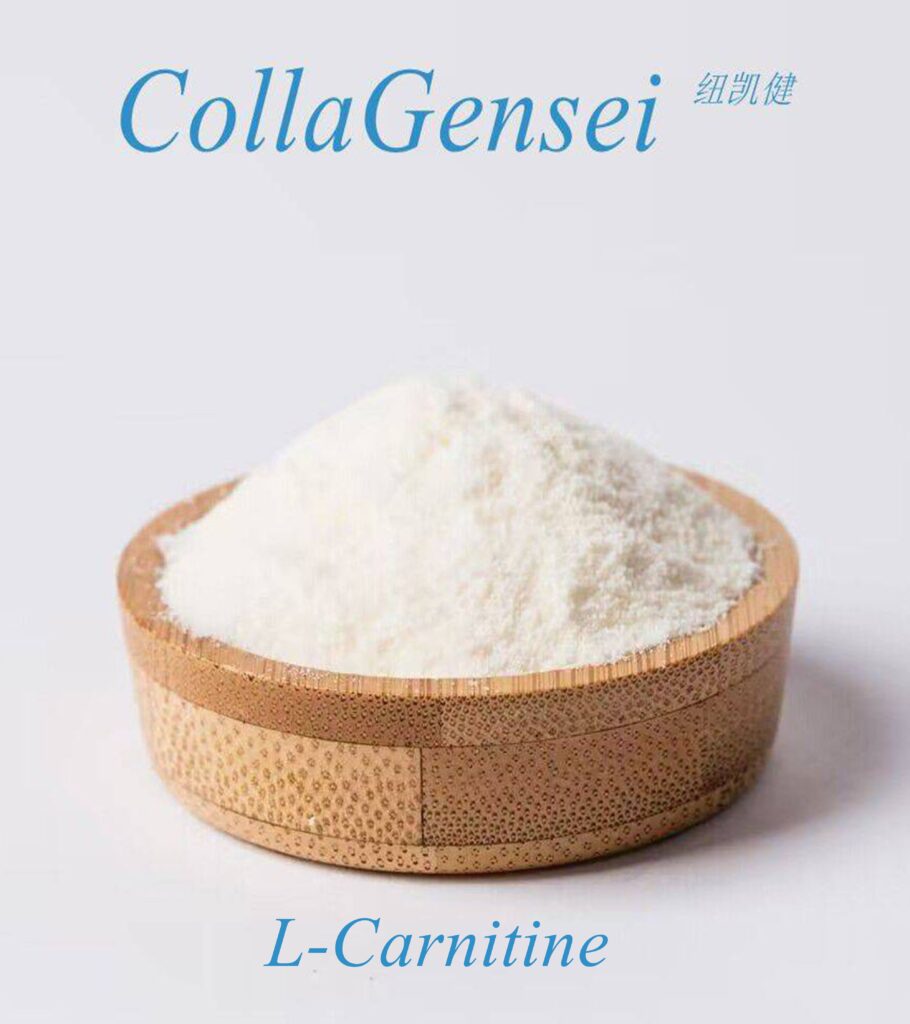☛ WHAT IS ELASTIN?
Elastin is a structural protein and one of the most stable proteins in the extracellular matrix. It is primarily found in tissues such as skin, blood vessels, tendons, and ligaments in animals. Elastin is a highly elastic protein that imparts flexibility and resilience to tissues. It is typically derived from animal connective tissues, such as fish scales and pig skin.
The amino acid sequence of elastin is relatively long, containing over 713 amino acid residues.Although its sequence lacks continuous repetitive periodic structures, there are alternating hydrophobic and hydrophilic segments. This unique structure gives elastin high elasticity and stretchability, enabling it to withstand stretching and pressure and quickly return to its original shape upon release.
Within cells, tropoelastin molecules, the precursor of elastin, form complexes by binding to each other and are then released into the extracellular matrix. In the extracellular matrix, multiple tropoelastin molecules undergo cross-linking catalyzed by lysyl oxidase enzymes, forming a non-crystalline, insoluble, and stable polymer structure known as elastin. Tropoelastin is a precursor molecule of elastin, with a complex structure containing 698 amino acids, including numerous disordered regions, and exhibiting dynamic changes.
Elastin plays a crucial role in maintaining the elasticity and resilience of tissues within animal bodies. Its unique structure and assembly give it distinct functionalities and properties.
☛ THE ROLE OF ELASTIN IN THE SKIN:
Although elastin constitutes only 2-4% of the total protein content in the dermis of the skin, it is crucial for maintaining the skin’s structure. Specific changes in the original elastin directly impact the condition of the skin. Within the sequence of original elastin, hydrophobic domains rich in glycine, valine, and proline residues alternate with hydrophilic cross-linking domains rich in lysine, alanine, or proline residues.
Original elastin is known as one of the most elastic and expansible monomeric proteins. It can stretch up to eight times its length and always returns to its original size. Even when fully stretched, original elastin can recoil without lag. Although elasticity decreases during cross-linking and assembly, elastic fibers capable of withstanding stretching and relaxing cycles still retain the ability to proliferate.
☛ ELASTIN VS. COLLAGEN:
Collagen and elastin play indispensable roles in the extracellular matrix, collectively maintaining the structural integrity and elasticity of the skin, thus preserving its health and youthfulness.
Firstly, collagen is an insoluble fibrous protein composed of triple helix molecules, exhibiting highly organized three-dimensional structures. Its peptide chains contain repetitive sequences of (Gly-X-Y), where X and Y are typically proline and hydroxyproline. Fibroblasts secrete collagen into the extracellular matrix, where it undergoes intermolecular cross-linking to form a fibrous network. Collagen fibers act as stable scaffolds, providing the skin with a full and elastic structure.
Similarly, elastin is synthesized by fibroblasts and exists in the extracellular matrix in the form of elastic fibers. Its structure consists of alternating hydrophobic and hydrophilic regions. Hydrophobic regions are rich in glycine, alanine, valine, and proline, responsible for self-aggregation and stretching capabilities. Hydrophilic regions contain numerous lysine residues, participating in cross-linking to form stable desmosine and isodesmosine. Elastic fibers exhibit high stretchability and resilience, imparting strong elasticity and recoil to the skin, allowing it to quickly recover to its normal shape after deformation.
☛ Applications of Elastin Powder:
Elastin powder is commonly used in the food industry as a food additive to enhance the texture and consistency of products. It exhibits excellent thickening and gelling properties. Additionally, elastin powder can also be added to dietary supplements as a source of protein to increase protein intake. Here are specific applications:
Thickening and Gelling Agent: Elastin powder with its excellent thickening and gelling properties can be utilized as a thickening and gelling agent in food processing. It can improve the texture and mouthfeel of food products, enhancing the layers of taste.
Meat and Seafood Products:Elastin powder can be added to meat and seafood products such as sausages, ham, fish balls, etc., to increase their elasticity and mouthfeel. It can enhance the quality and texture of the products, making them more appealing to consumers.
Pastries and Confectioneries:In the production of pastries and confectioneries, elastin powder can be used as a thickening and gelling agent to increase the softness and mouthfeel of the products, improving their taste and quality.
Skin Care Products:Elastin powder can be added to skin care products such as creams, lotions, masks, etc., to increase the elasticity and firmness of the products. It can help improve skin elasticity, reduce wrinkles and sagging, making the skin look younger and healthier.
Joint Health Products:Elastin powder can also be added to joint health products such as joint cartilage tablets, oral liquids, etc., to help maintain joint elasticity and flexibility. It can alleviate joint pain and discomfort, improve joint function, and enhance the quality of life.
https://www.collagensei.com/wp-content/uploads/2024/07/ELASTIN.png



